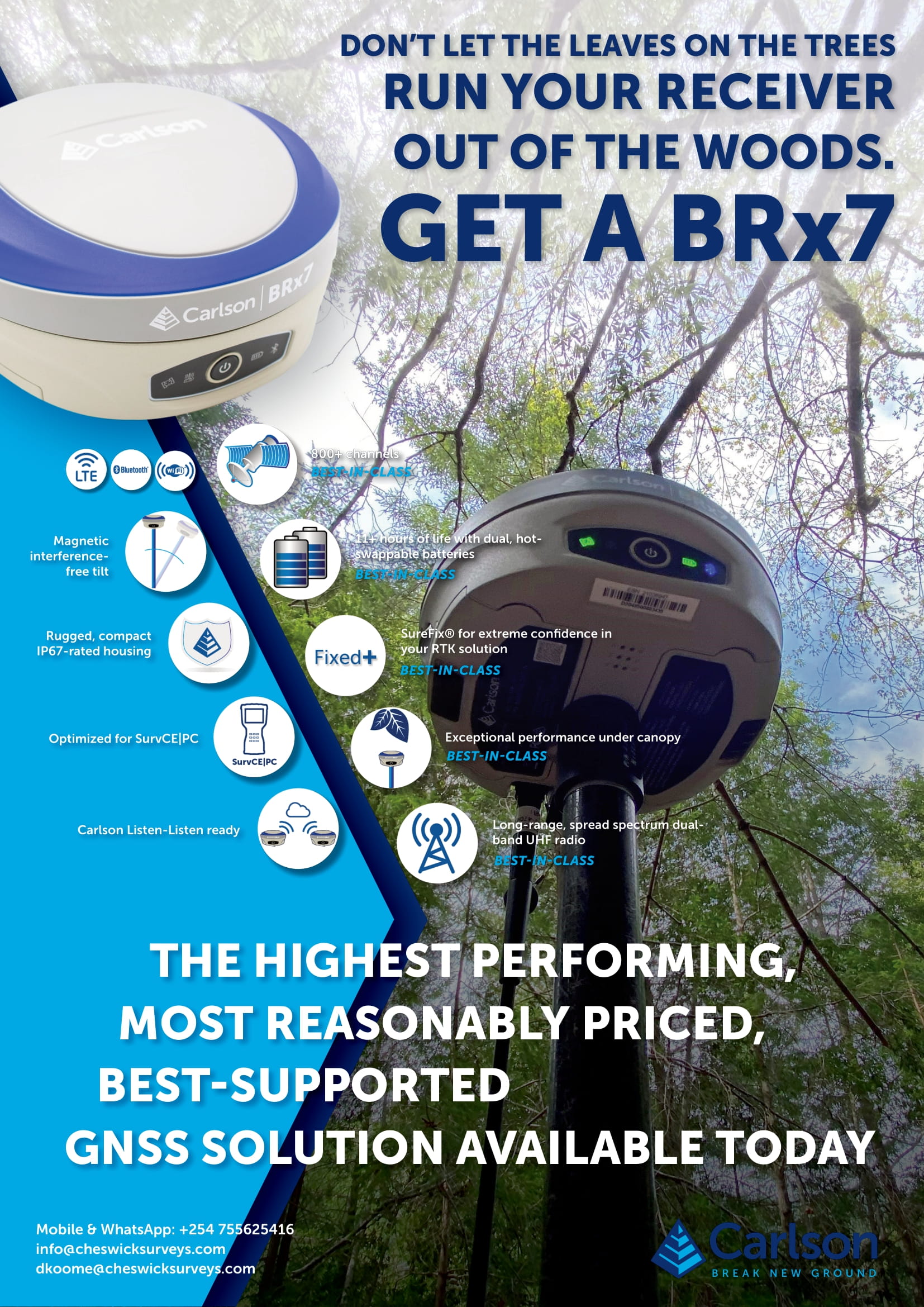A typical surveyor has probably used and operated it hundreds of times. For some surveyors, working with a total station is like operating the remote control of a TV. It doesn’t matter what model it is; Topcon, Leica, Spectra, bring it on! They don’t even have to go through the operator’s manual; the skill is on the fingertips. It’s like to operate a total station one only needs finger memory (that is wishful thinking).
This article is not an attempt to teach you what you already know but a trip through the anatomy of the total station to pinpoint its main components and the processes taking place when a total station is in use.
A total station is composed of four main components; EDM (Electronic Distance Measurement), electronic theodolite, microprocessor and electronic display.
For all intents and purposes the EDM’s main function is to measure distance from the total station to a reflector. It uses electromagnetic (EM) energy to determine the length of a line. There are different kinds of EMs; electro-optical (infrared or laser) and microwave. The nature of the reflector is dependent on the type of EM used. A passive medium (prism) is used with electro-optical EM but if microwave is used a second receiver/transmitter is required.
An EDM does not determine distance by measuring the time of travel of the EM signal. Instead, it uses the signal structure and determines the phase shift. The EM signal has a sinusoidal wave form. The wave form repeats every 360°. The distance between waveform ends is the wavelength. However, reflector-less total stations measures travel times of the laser pulses and from that can determine the total instrument-surface-instrument distance. This is because they use short pulses of high energy laser light which are capable of bouncing off surfaces.
The function of the theodolite is to measure horizontal and vertical angles. A standalone theodolite works by combining the optical plummet, level bubble and calibrated circles to find the said angles. The optical plummet ensures the theodolite is placed vertically above the survey point. The bubble level makes sure the device is level to the horizon. The calibrated circles, one vertical and one horizontal, enable the user to read out the angles in both axes.
However, when integrated in a total station one does not get to see the calibrated circles. Same case applies to an electronic theodolite. The horizontal and vertical angles are measured and communicated to the electronic display.
Before the advent of the micro-processor, surveyors had a lot of mathematical calculations on their hands. Since the distance measured by an EDM is slope distance, the surveyor had to manually reduce it to horizontal distance for every measurement observed. That’s not all, before the theodolite and EDM were combined to form the total station instrument, surveyors would first measure the vertical angle with a theodolite, dismount the theodolite and replace it with the EDM to measure the slope distance (often on the same tribrach). Such mounting and dismounting introduced offset errors.
The micro-processor therefore saved the surveyor a lot of work. It typically performs the following functions but the inherent program varies widely from manufacturer to manufacturer;
· Averages multiple angle measurements
· Averages multiple distance measurements
· Computes horizontal and vertical distances
· Provides corrections for temp, pressure and humidity
· Computes inverses, polars and resections
· Computes X, Y and Z coordinates
The final piece of the puzzle is the electronic display. Basically its function is to provide a visual of what is happening in the total station. Depending on the button pressed it helps the user navigate to the various menu items. It also enables input of instrument and reflector heights as well as access to the stored data. It displays horizontal distance, vertical distance, horizontal and vertical angles, difference in elevations of two observed points and all the three coordinates of the observed points (XYZ).
The total station has come a long way in terms of its technological complexities. Nowadays, with robotic total stations and Automatic Target Recognition (ATR), only one user is needed since the surveyor can remotely control his device (although this is debatable since the instrument on occasion loses its target and goes through a series of about-turns in an attempt to auto-find the reflector). Moreover, the line of sight predicament is being overcome with total stations that come integrated with GPS receivers. The future of the total station instrument can only be better!




